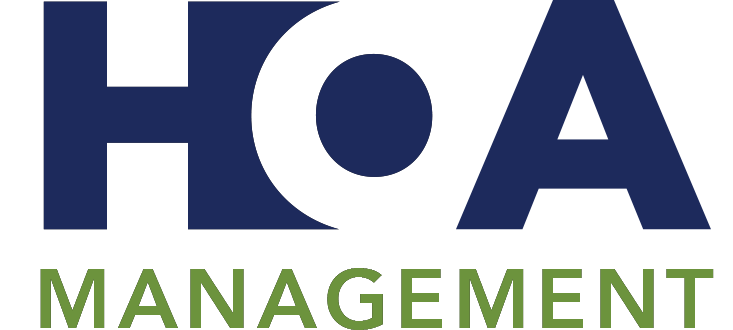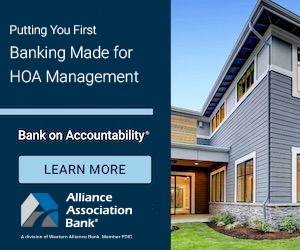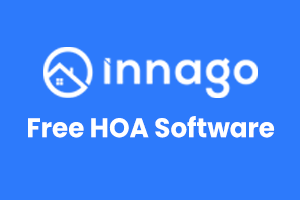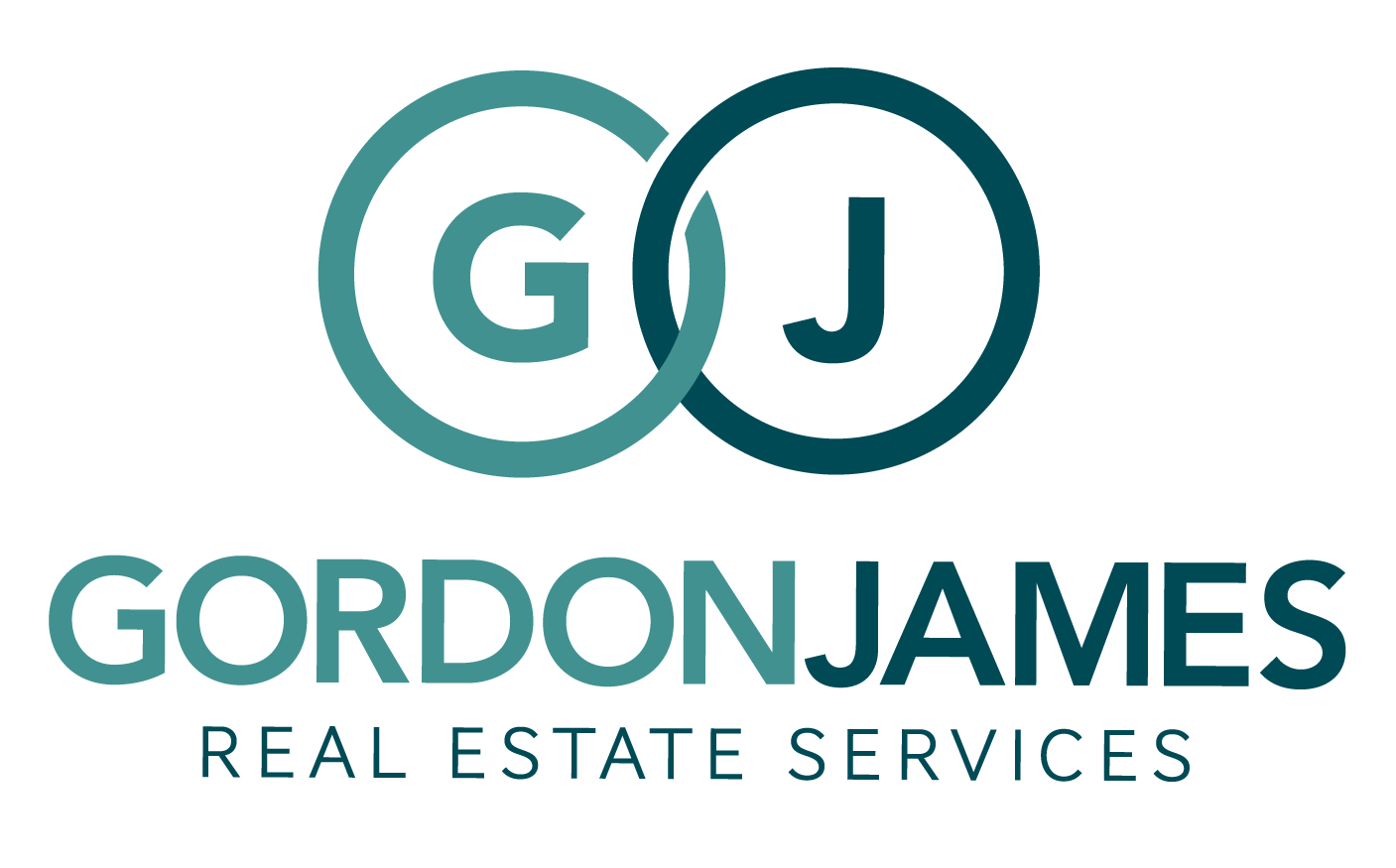Managing HOA Reserve Funds: Best Practices For Board Members
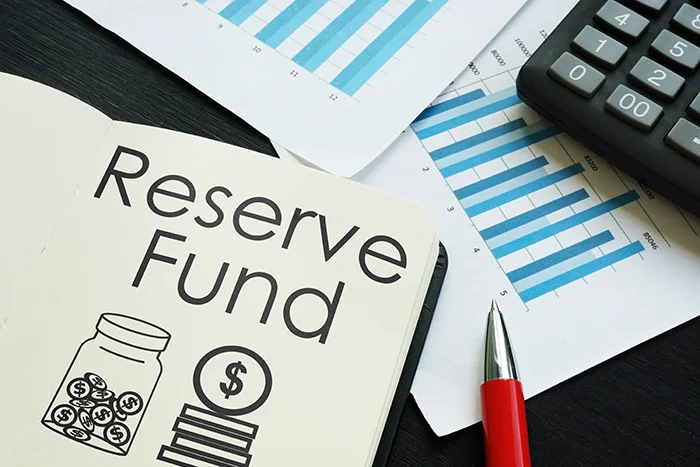
While day-to-day expenses may be well-managed, unexpected repairs or major replacements can quickly overwhelm an HOA without proper financial planning. That’s why understanding and implementing best practices for managing HOA reserve funds is a crucial responsibility for every board.
Browse By Category
Sign up for Our Newsletter
While day-to-day expenses may be well-managed, unexpected repairs or major replacements can quickly overwhelm an HOA without proper financial planning. That’s why understanding and implementing best practices for managing HOA reserve funds is a crucial responsibility for every board.
What Is an HOA Reserve Fund?
The reserve fund is a savings account set aside by the HOA to pay for future capital expenditures. These expenses include major repair and replacement projects for common area components, such as roofing, pavement, elevators, fencing, HVAC systems, and pool equipment. These costs are typically non-recurring and can be substantial, which makes proper planning essential.
Reserve funds are completely separate from the HOA’s operating budget, which is used for recurring expenses like landscaping, utilities, and cleaning. Mixing these two financial streams can create confusion and risk of underfunding critical repairs.
Benefits of Managing HOA Reserve Funds Properly
Without a strong reserve fund, an HOA may be forced to impose special assessments, which are unexpected charges levied on homeowners to cover shortfalls. These assessments can create financial stress for residents, damage the HOA’s reputation, and lead to disputes or even lawsuits.
A well-managed reserve fund helps:
- Preserve the value of homes in the community
- Prevent deferred maintenance that leads to larger problems
- Increase marketability for potential buyers
- Demonstrate fiscal responsibility to homeowners and lenders
In many states, including California and Florida, reserve funding is also governed by law—making sound management not just a best practice, but a legal requirement.
Managing HOA Reserve Funds: Best Practices
Here are some tips on properly managing HOA Reserve Funds for your community:
Begin with a Comprehensive Reserve Study
The first step in developing a solid HOA financial plan is conducting a reserve study. This professional evaluation determines how much the HOA should set aside annually to cover future repairs and replacements. A qualified reserve study provider will:
- Inventory all capital assets
- Estimate the remaining useful life of each asset
- Project the cost of repair or replacement
- Provide a recommended annual contribution plan
Reserve studies should be updated regularly. Many experts recommend a full on-site study every three years, with interim financial updates annually. This ensures your reserve projections account for inflation, wear and tear, as well as unforeseen developments like natural disasters.
Pro tip: Be sure to request a version of the reserve study that is easy to explain and share with residents. Transparency builds trust.
Understand the Fully Funded Balance (FFB)
One of the key metrics in HOA reserve fund management is the fully funded balance (FFB). This figure reflects how much money should be in the reserve account based on the current age and cost of your assets.
For example, if a $20,000 roof has reached 5 years of a 10-year lifespan, the reserve fund should contain $10,000 toward its eventual replacement. Repeat this calculation across all assets and you’ll have your total FFB.
HOAs that maintain at least 70% of the FFB are generally considered in good financial standing. Anything lower raises concerns about financial risk and may limit access to loans or insurance.
Separate Operating and Reserve Accounts

HOA reserve funds should always be maintained in a separate bank account from the operating fund. Doing so:
- Helps with clear reporting and compliance
- Protects the reserve money from being accidentally used for operating expenses
- Simplifies audits and financial reviews
Most HOAs use money market accounts for reserves because they offer both interest earnings and liquidity. For larger amounts, laddering certificates of deposit (CDs) can provide higher returns while ensuring funds become available in phases.
Remember to also consider state laws regarding how reserve funds must be held, including FDIC insurance requirements and investment limitations.
Prioritize Safety, Liquidity, and Yield
When deciding how to invest reserve funds, HOA boards should follow a hierarchy of priorities:
- Safety – The principal should be protected at all times. Use FDIC-insured accounts or government-backed instruments.
- Liquidity – The funds must be accessible when needed, especially for emergencies.
- Yield – Earning interest is helpful but never worth sacrificing safety or access.
Additionally, a balanced investment strategy may include:
- Insured CDs
- Treasury bills or bonds
- Sweep accounts for large deposits
Consulting with a bank that specializes in HOA reserve fund management also helps ensure your investments meet regulatory and practical needs.
Work with the Right Financial Partner
Not every financial institution understands the unique structure and legal obligations of homeowners associations. That’s why it’s critical to partner with banks or credit unions that offer community association banking services.
Look for a partner that can:
- Offer insured investment products
- Provide access to reserve advisors
- Help with long-term capital improvement planning
- Understand the financial reporting needs of HOAs
This relationship can be especially helpful when the board is facing large projects or considering funding alternatives such as HOA loans or lines of credit.
Plan for Transparency and Accountability
The best-run HOAs are also transparent about their financial practices. Boards should:
- Review and discuss reserve fund performance at regular meetings
- Publish updates in newsletters, annual reports, or community portals
- Encourage open forums during budget season
- Provide educational materials or infographics explaining where dues go
This approach not only builds homeowner confidence but also helps prevent misunderstandings when dues increase or repairs are planned.
Educate Board Members

Many HOA board members are volunteers with limited financial backgrounds. Offering resources and training is key to responsible decision-making.
New and returning board members should understand:
- How to read a reserve study and financial reports
- State-specific requirements for reserves
- Basics of HOA accounting and budgeting
- Best practices for long-term capital improvement planning
Board training can be provided by your HOA management company, state HOA associations, or legal counsel. Some banks also offer educational seminars for board members.
Revisit and Adjust Your Strategy Annually
Reserve planning isn’t a one-time task. Each year, your board should:
- Reassess contribution amounts
- Adjust projections for inflation and completed projects
- Evaluate investment performance
- Review changes in local laws or lending standards
A proactive, data-driven approach will help your HOA remain financially healthy and avoid being caught off-guard by rising construction or material costs.
Keeping Finances Healthy
Proper HOA reserve fund management is a safeguard for your community’s future. With smart planning and the right partners, your HOA can avoid surprises, minimize homeowner burden, and maintain a community everyone is proud to call home.
Looking for some help managing your HOA’s reserve funds? Our team of professionals can help you out! Check out our detailed online directory today for your area’s best HOA management companies!
Related Articles:
Trending Now
Related Article
Sign up for Our Monthly Newsletter
Sign up below for monthly updates on all HOA Resource

